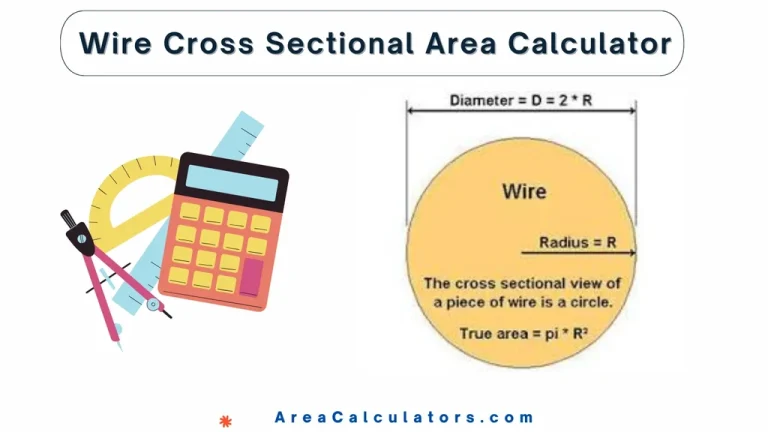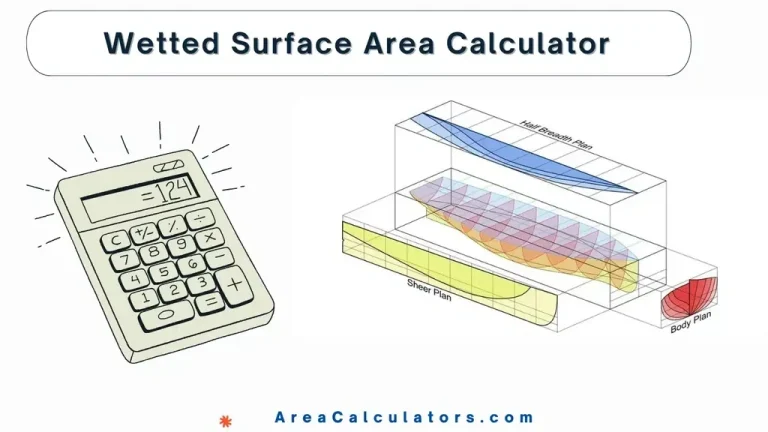Injector Duty Cycle Calculator
To find the injector duty cycle, multiply the engine RPM by the injector pulse width and adjust as necessary.
An Injector Duty Cycle Calculator is essential for assessing the performance of your vehicle’s fuel injection system. The injector duty cycle measures the percentage of time a fuel injector remains open during an engine cycle, which ensures the engine receives the correct amount of fuel for optimal performance. By accurately calculating the duty cycle, you can determine if your injectors are functioning efficiently or nearing their operational limits.
This tool is particularly useful for enthusiasts working on engine tuning, injector sizing, or managing fuel delivery for high-performance vehicles running on fuels like E85.
Formula
IDC = RPM ∗ IPW
| Variable | Description |
|---|---|
| RPM | Engine revolutions per minute |
| IPW | Injector pulse width (ms) |
Solved Calculations
Example 1: Calculating Duty Cycle for a Gasoline Engine
| Parameter | Value |
|---|---|
| Engine RPM | 6000 |
| Injector Pulse Width (IPW) | 2.5 ms |
| Result | 15,000 units |
Example 2: Calculating Duty Cycle for an E85 Engine
| Parameter | Value |
|---|---|
| Engine RPM | 7000 |
| Injector Pulse Width (IPW) | 3.0 ms |
| Result | 21,000 units |
What is Injector Duty Cycle Calculator?
The Injector Duty Cycle Calculator is a specialized tool designed to measure the percentage of time a fuel injector is actively delivering fuel during an engine cycle.
This helps optimize engine performance and prevent issues like injector overloading or fuel starvation, which can lead to inefficient combustion or engine damage.
By entering key parameters such as engine speed, injector size, and pulse width, this calculator provides precise duty cycle values.
For example, maintaining a duty cycle below 85% is often recommended for optimal injector performance, while higher values may indicate the need for larger injectors or adjustments in fuel delivery settings. This is particularly beneficial for those using alternative fuels like E85 or working with high-performance engines.
Applications include diesel and gasoline engines, and the tool supports calculations like injector flow rate vs. pressure and injector sizing for specific horsepower needs.
Whether for stock vehicles or custom builds, it aids in fine-tuning fuel delivery for maximum efficiency.
Final Words:
In conclusion, the Injector Duty Cycle Calculator is an indispensable resource for accurately assessing and optimizing fuel injector performance. It ensures reliable engine operation, making it essential for automotive enthusiasts and professionals.




